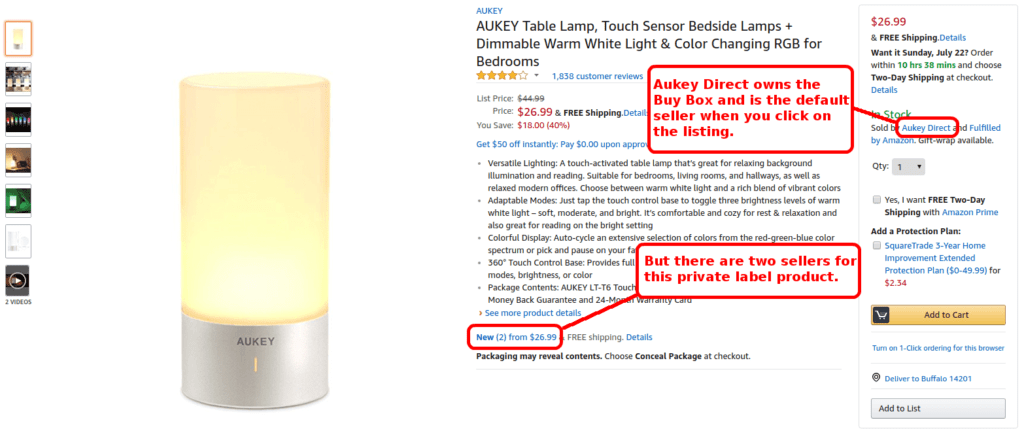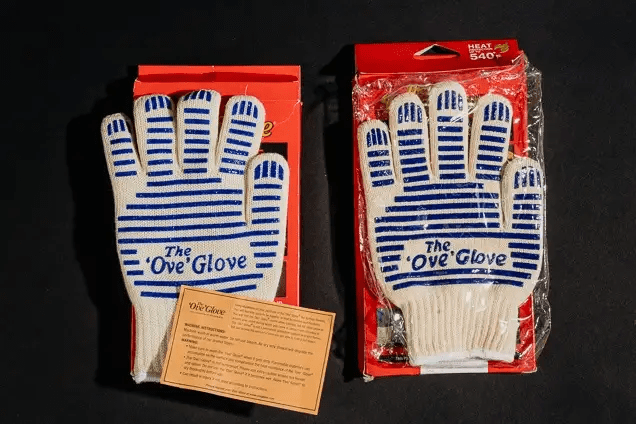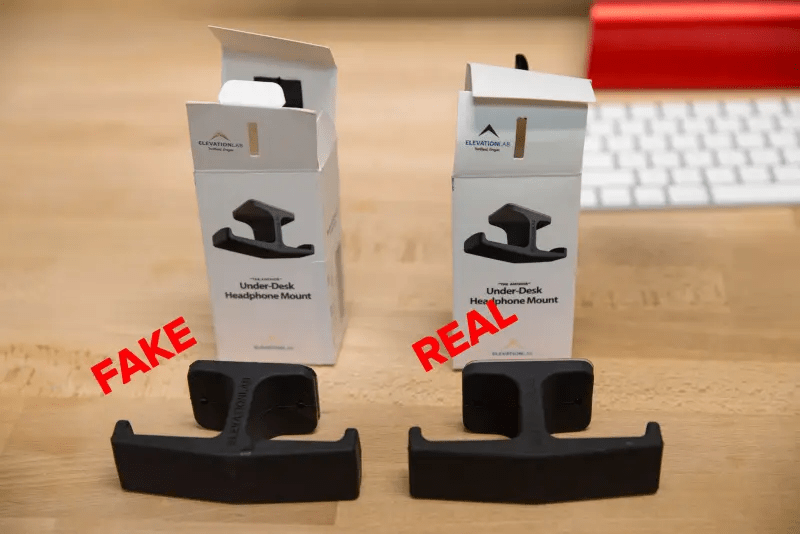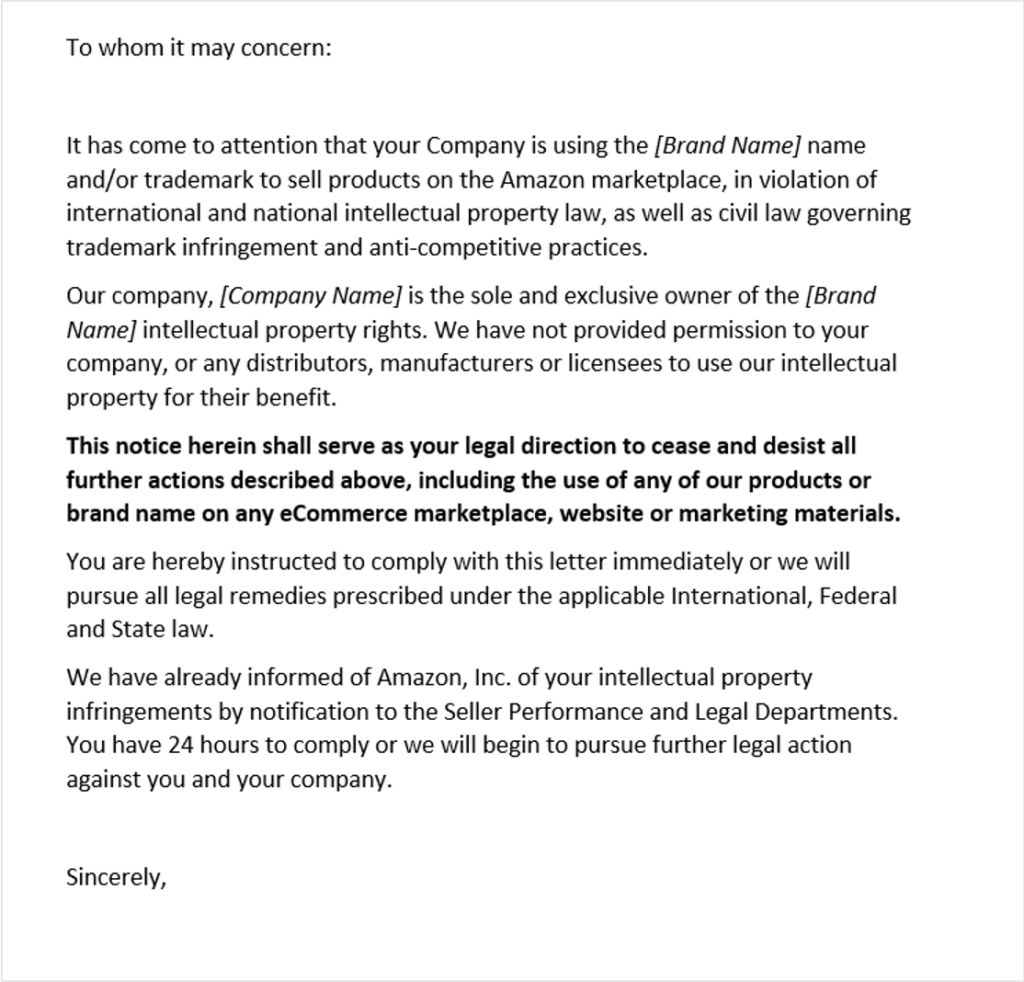Amazon is becoming more and more competitive with more than 2000 new sellers joining every day. As the numbers rise, rivalry is getting so ruthless and hostile that online sellers are experiencing the unfortunate phenomenon of Amazon listing hijacking.
So what is Amazon listing hijacking?
Imagine one of your best selling products is doing really well – rankings are high, sales are smooth until suddenly one day you wake up to see your revenue coming to a screeching halt. Your hard-earned traffic is going to counterfeiters and in addition, negative reviews have appeared.
If these symptoms are showing, this implies that you are suffering from a case of listing hijacking. A third-party seller “hijacked” your product listing on Amazon and is offering an inferior version of your product instead, at a lower price and poorer quality.
So, how can you defend your listing from hijackers?
In this article we will learn:
- How do you know you’ve been hijacked on Amazon?
- How to deal with Amazon hijackers? (Including how to report these counterfeiters to Amazon?)
- How to file an Amazon infringement report?
- How to prevent Amazon listing hijacking?
How do you know you’ve been hijacked on Amazon?
How to hijack an Amazon listing: A hijacker opens a seller account on Amazon, offers a counterfeit version of your ASIN and sells a cheap quality copy of your private label product. By listing your ASIN for a few dollars less – the counterfeiter now has the coveted buy-box.
The symptoms you will see when you have been hijacked:
- Your sales dropped significantly.
- You’ve lost the buy box to another seller.
- When you examine your listings, you will see two offers or more. Click on their seller names to check their seller info. Usually hijacker accounts were recently created and have little to no seller feedback on one of your listings.
- Shoppers begin to post negative or unusual reviews on your listing.

The other seller has offered a counterfeit version of the product on your listing, immediately damaging your sales and smearing your product listing with negative reviews.
This is of course frustrating to any private label seller who worked so hard to create a unique, high quality product. Having your listing “hijacked” is one of the major concerns among Amazon sellers. These counterfeiters are the “bad guys.” But just like in the movies, there are ways to defeat the evil forces that enter our third-party sellers universe:
How to deal with Amazon hijackers? (Including how to report a hijacker on amazon?)
Once you figure out that you have been hijacked, it is important to take action right away in order to minimize the ramifications and avoid negative feedback and sales losses that can also get you suspended. Here’s how:
1. Purchase your counterfeit product
When dealing with an Amazon listing hijacking it is imperative to strike in action right away before any more harm is done. First things first – buy the product.
Once you have received the counterfeit product that you purchased, take photos and videos of what is probably a substandard item, then photograph your product, and document the differences between the two products.

These gloves for instance are able to withstand 540 degrees, perfect for baking and cooking. When a counterfeiter created the counterfeit version of these same gloves, customers literally got burned while using the fake product.
Another example of a listing hijacking is the under-desk headphone mount counterfeiters. Amazon lists them first in search queries, (for the usual fee) where it appears as a sponsored result. By hijacking their listing, counterfeiters are piggybacking on that investment.

2. Set things straight with your customer
If you have received a bad review – simply explain the situation in the review and offer the customer to contact you in order to send the real item, for free.
Amazon resellers are a different story:
If you see offers on your listing on the “Other Sellers on Amazon” section, this is not considered hijacking.
If an Amazon seller purchases your product and then resells — they’re known as resellers. The hijackers sell a counterfeit version of your product – resellers on the other hand sell the genuine item.
3. The next step: send a cease and desist letter to your Amazon hijacker.
Get your cease and desist letter over to your Amazon hijacker with these steps:
- From your product listing, click on the Amazon seller’s username to get to their Amazon page
- Select “Ask a question” from the upper right-hand corner
- Then select: “An item for sale”
- “Question about a product”
- Enter your cease and desist letter.
Here’s an example for a cease and desist letter. It needs to be devoid of emotion (how dare you, etc.) and to the point:

4. How to report a hijacker to Amazon?
In order to appeal to Amazon, you will need to know how to conduct a report product to Amazon and provide as much information about the case as possible as well as providing them with the registered trademark for your product.
The trademark needs to have been issued in the country where the violation occurred. If for example the trademark was issued in the U.S., the offence will need to have happened on Amazon.com vs. Amazon.co.uk.
There are two options where to send your complaint:
- Report Infringement form if the counterfeit item is using your brand name and logo.
- Violation form if the counterfeit product is using another brand name under your product listing.
In either option, be sure to include the following:
- The hijacking Amazon seller’s username
- The hijacking Amazon seller’s URL
- The ASIN of your product listing
- The title of your product listing
- The comparison list you created between the counterfeit and real item.
- The order number of counterfeit item you purchased.
- Explain that a counterfeit version of your item is being sold and report about the negative effect this product will have/has had on the shoppers’ experience.
Then submit your form.
How to prevent Amazon listing hijacking?
Although an uphill battle, Amazon is tackling counterfeit issues, developing ways to prevent and remove counterfeit products from its database on the wings of an ever-evolving strict amazon anti-counterfeiting policy. Here are three ways you can prevent an Amazon listing hijack:
1. Checking-in daily
Try to check daily what’s going on in your Seller Central dashboard. Also, make it a weekly habit to check your product listing page from the eyes of the customer, making sure there is only one seller offering your private label in the buy box. If you see 2 and up… you have been hijacked. But since you are checking regularly you can take the steps to take care of the situation quickly, and curtail the damage.
2. Enroll in Brand Registry
If you are eligible, protect yourself and your private label by enrolling in Amazon’s Brand Registry. By registering, you will not only have more control over your products but also extra marketing tools to work with.
Once you have been hijacked, the brand registry team will be able to take care of the issue efficiently.
How to file an Amazon infringement report:
All infringement reports will only effect the listings on your domain. This means that you may have to double the reports on more than one domain such as amazon.fr and amazon.se for example.
Step 1: Open the “Report Infringement” page to report your listing. You will have two options: reportinging as the buyer/seller or as the rights owner agent (at the bottom of the page.)
Step 2: You can only report one issue at a time: trademark and/or copyright based. If you want to file both, you have to register two separate complaints.
For patent infringements, select “other” and report your patent that the listing is violating and attach all the evidence you have.
Step 3: File your report with as much detail as possible: links to the trademark, copyright or patent documents. All the items (up to 50) can be from multiple sellers but must be infringing on the same IP right.
Very important: Every item must be entered with its ASIN number.
Step 4: Wait…
If everything has been reported properly – the trademark or copyright infringement items will be removed from Amazon’s marketplace and business can continue as usual. It should take around 1-3 working days. If it takes longer and you don’t hear anything, file a second time.
If all goes well, the counterfeit listing will have been removed – although sometimes the listing does remain but listed as “unavailable”. In this case, you will have to submit the complaint again.
3. Register with these Amazon anti-counterfeit policies:
- Brand registered sellers can also leverage Amazon’s Transparency program, a product serialization service in which you can purchase 2D UPC codes which helps Amazon authenticate every single one of your items before it is shipped to the customer, ensuring that the customer gets your product and not a cheap copy.
- Amazon Project Zero Program: Brand Registers can also enroll in Project Zero which leverages on the Transparency Program. This new technology also aims to reduce the number of counterfeit listings on Amazon. As the counterfeiter uses pretty advanced technology to counterfeit – Amazon uses innovative technology to stay one step ahead of them, exposing the fake items. Project Zero branches into these anti-counterfeit components:
- Automated Protections: The automated protections component is powered by machine learning whose goal is to scan the online stores, find counterfeit suspects, and remove them.
- Self-Service Counterfeit Removal: A direct and active approach: You, as your brand, can remove counterfeit listings yourself, instead of waiting for Amazon to finish the investigation. In this way, Amazon and third party sellers can control the listings and remove counterfeit listings much quicker.
Registering to these anti-counterfeiting programs can help avoid the headaches of Amazon listing hijacking and save your business from losing time and money.
Conclusion:
Insuring your business doesn’t only mean liability insurance. It also means protecting your private label from some serious damage. Being prepared with strategies to prevent counterfeiters from attacking your product is super important. Of course nothing is failsafe – but being prepared to prevent and/or take care of such an attack will put you way ahead of the line, so you can keep selling your product successfully, and freely.



